Metals are a commodity that’s actively traded around the globe. They can be classified into two main categories – precious metals and base metals.
Many traders dabble with gold, but that does not mean it is easy. You will want to be well versed on the various ways you can get involved in trading metals, including having a base understanding of who else is active in these markets. When trading, there is always a buyer and a seller, and without knowing who your ‘competition’ is in the market, and what their particular trading goals may be you will be trading blind.
With all that in mind, in this guide to all things metal, we’re going to take a look at:
- What precious and base metals are
- Who buys them?
- How they’re traded
- What the most valuable precious metal is
- How you can get started
- Metal trading strategies and tips
What are Precious Metals?
Precious metals are naturally occurring metals that have a high economic and trading value due to their relative scarcity and lustre: The main precious metals are:
- Gold
- Silver
- Platinum
- Palladium
All four of these metals are actively traded round-the-clock on futures exchanges, contracts for differences, exchange-traded funds and over-the-counter (OTC) products. You can also purchase and sell each of these metals in physical format.
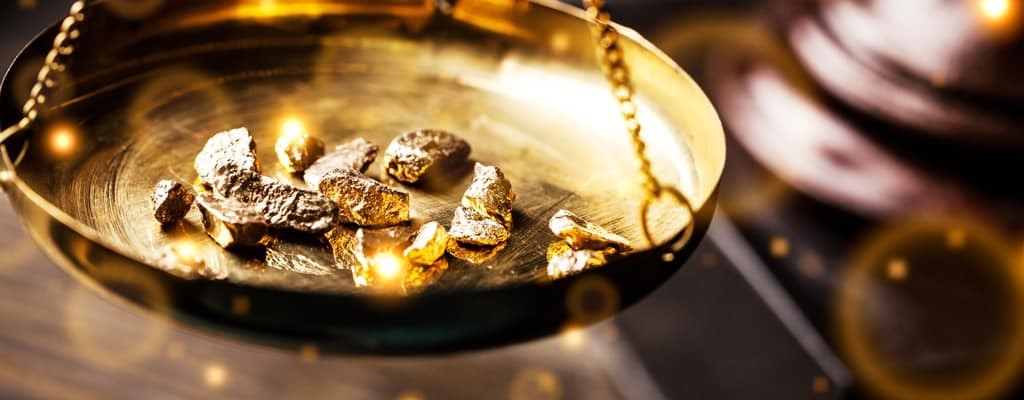
Gold
Gold is one of the most valuable metals and has been a currency benchmark throughout human history. The yellow metal is sought after for jewelry and as a way to build wealth. While the US dollar is considered the world’s reserve currency, gold is also held in reserve by most countries around the world.
Until the mid-1970s, gold was the world currency benchmark until a market-based foreign exchange system took over. Gold is viewed as a hard asset and acts as a safe-haven especially in times of economic stress. War and political upheaval generally drive investors into the safety of gold trading.
Silver
Silver is a precious metal but has many industrial uses. Silver is used in the photovoltaic (PV) conductor process allowing sunlight to be converted into electricity. As carbon-neutral environments gain traction, the need for PV solar panels could rise – leading to increased silver demand. Silver is used as a conductor in batters and superconductor applications. This includes the microcircuit market.
Platinum
Platinum is used for jewelry but most of the demand comes from industrial uses. Platinum is used in the automotive industry as a catalyst that reduces emissions. This allows analysts to track auto industry sales to compute platinum demand. Also, platinum is used in chemical and petroleum refining as well as to build computer hard drives. Most of the platinum mined occurs in South Africa and Russia.
Palladium
The automotive industry also relies on Palladium. The silvery metal is used for electronic and industrial products. Palladium is used in medicine, chemical applications, groundwater treatments, and dentistry. The majority of the metal is mined in South Africa, Russia, Canada, and the United States. Palladium is rolled into large sheets and often used in solar energy and fuel cell products.
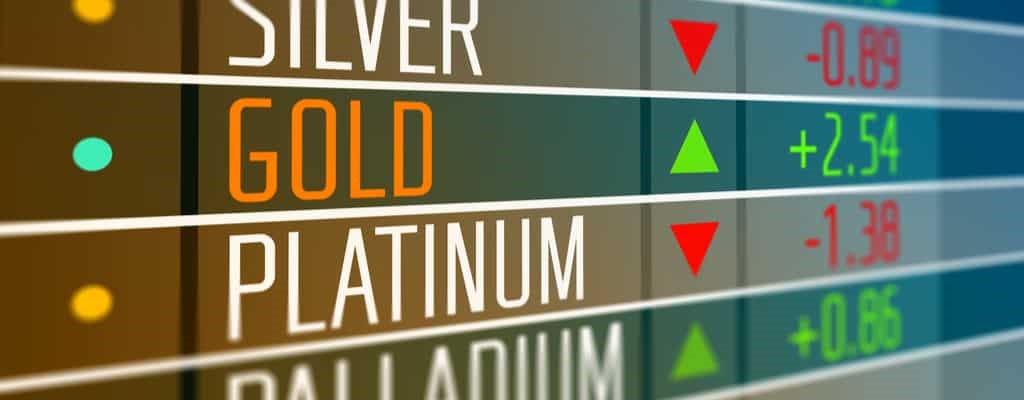
What Is The Most Valuable Precious Metal?
Palladium is the most valuable of the 4 precious metals, making it potentially the best metal to invest in right now. It has been trading above gold for a most of the year, a trend that looks set to continue as the global supply of Palladium fails to keep up with demand – a direct result of governments around the world cracking down on vehicle pollution.
Who Buys Precious Metals?
Many institutions buy and trade precious metals, including:
- Central Banks
- Commercial/Investment Banks
- Investment Funds
- Corporate Producers
- Corporate Consumers
- Retail Operations
- Retail Traders
Central banks generally purchase precious metals such as gold as reserves. Commercial and investment banks are generally counterparties for corporate producers or corporate consumers who are hedging their operation exposure. Investment funds are generally speculating on the future direction of specific metal prices. Retail operations might buy and sell metals to create merchandise, while retail traders are focused on investment opportunities.
How to Trade Precious Metals
There are several ways to trade metals:
- Physical bars, bullion, and coins
- Futures contracts
- Exchange-traded funds (ETFs)
- Contracts for differences (CFDs)
- Over-the-counter (OTC)
Most precious metals trade in the over-the-counter market. This type of trade generally occurs between two banks, banks and their clients or banks and central banks. The trades are generally customized for delivery at a specific date in the future.
Contracts for Differences (CFDs)
A contract for difference is a security that tracks the movements of another asset. For example, a CFD on gold bullion tracks gold prices. If gold prices increase by 2%, a gold CFD will also increase by 2%. The benefits of trading a gold CFD is that you are only responsible for the difference in the price of the CFD. You never have to own physical gold or take delivery.
There are several benefits to trading contracts for differences, including leverage. CFD brokers provide leverage through a margin account which allows you to increase the returns that you receive on the money that you are expected to post for each trade.
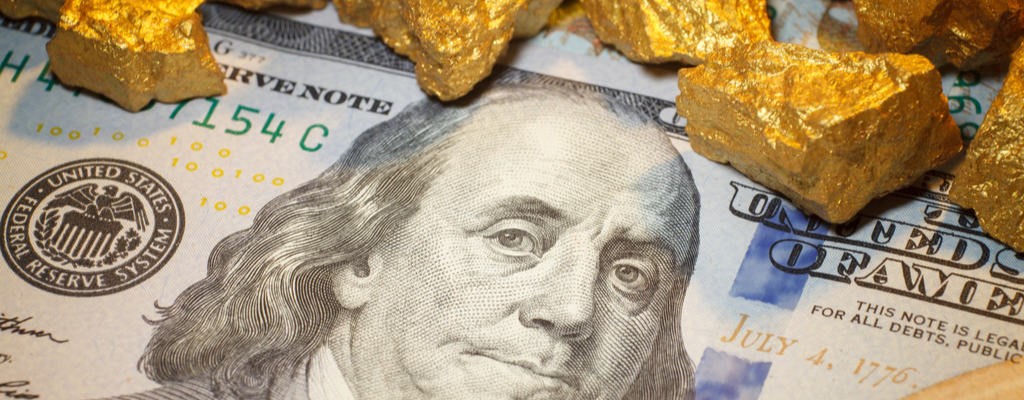
Futures Contracts
The precious metals futures contracts listed on the Chicago Mercantile Exchange (CME) are physically delivered. This means if you hold the contract beyond the delivery date you are required to take delivery at a CME-regulated warehouse.
Most of the precious metals that are traded on the CME are not taken to delivery. Traders will typically exit or roll their position and never take physical delivery. The CME also offers a financial version of these futures contracts for gold and silver that are financially settled.
One of the benefits of trading futures contracts is that the futures exchanges provide margin to customers. This means that you can borrow money to leverage your position and enjoy enhanced returns.
The CME has the right to change the leverage it will offer at any time. Changes are generally based on volatility. The higher the volatility the higher the initial margin which equates to lower levels of leverage. Futures contracts are also very liquid, allowing you to enter and exit positions seamlessly.
What are Base Metals?
Base metals are common and inexpensive metals that are more readily extracted than precious metals. Common base metals are:
- Copper
- Aluminum
- Lead
- Nickel
- Zinc
Steel is not considered a base metal as it contains iron.
Copper
Copper is the most liquid of all base metals. The red metal is actively traded on the London Metals Exchange (LME) as well as the Chicago Mercantile Exchange (CME). As growth accelerates the need for copper rises, making it a benchmark for economic growth.
- Approximately 43% of the copper used today is in building and construction
- About 19% is used for electrical and electronics.
- Nearly the same percentage is used for transportation equipment
- Approximately 12% is used for consumer products and 7% for machinery
Aluminum
Aluminum is often used in the automotive industry, as well as aircraft and bicycles. Aluminum is resistant to corrosion, which makes it an excellent choice for the transportation industry. Aluminum is also used in the food and beverage industry. The metal is used to create cans for food and drinks as well as kitchen and foil products.
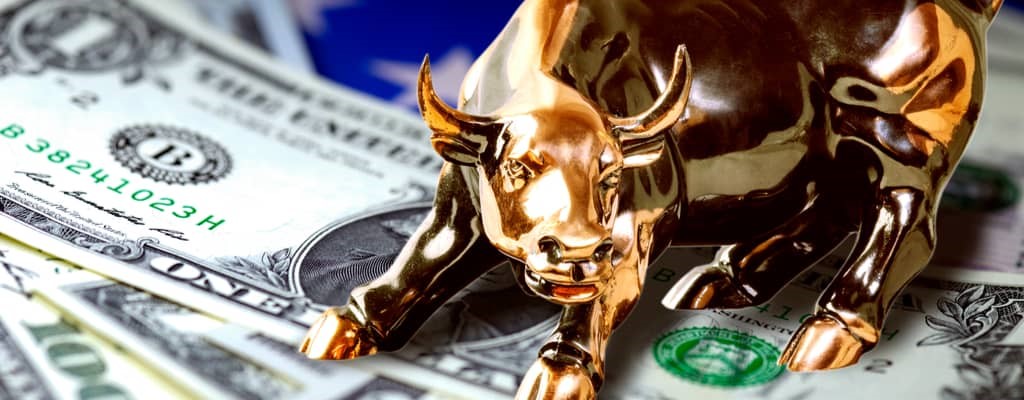
Lead
Lead is a malleable soft metal that is mainly used in commercial applications to manufacturing batteries. It is heavily used in the automotive industry especially for batteries, as well as, for pigments. Lead is used in ammunition, cable sheathing, and radiation protection.
Nickel
Nickel is also used as an alloy producing different properties from other metals. Nickel is mainly used to make stainless steel to help withstand extreme temperatures and corrosive environments
Zinc
Since is often used to enhance the properties of other metals. For example, when you combine zinc with copper the process forms brass. Zinc is used as an alloy for shipbuilding and automotive manufacture, as well as for electrical components.
Trading Base Metals
You can trade base metals using many of the same instruments as precious metals. This includes:
- Futures contracts
- Exchange-traded funds (ETFs)
- Contracts for differences (CFDs)
- Over-the-counter (OTC)
While some commercial companies physically trade base metals, this practice is generally not conducted at the investor level.
Where To Trade Base Metals
The most liquid base metals contracts are traded on the London Metals Exchange (LME). Nearly all active base metals trade on this exchange.
The Chicago Mercantile Exchange also offers an active copper futures contract as well as an aluminium futures contract.
Base metals are also actively traded in the over the counter market. These forward contracts are customized contracts between two parties to buy or sell assets at a specified price on a future date and are privately negotiated and traded over-the-counter. Copper is offered through specific exchange-traded funds that hold copper futures in a trust.
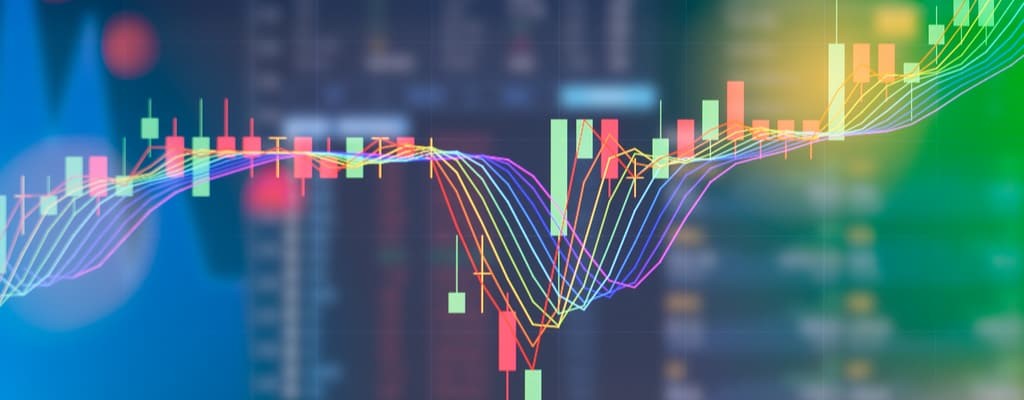
Base Metal Trading Strategy
There are several different trading strategies you can use to forecast the future direction of precious and base metals. You can evaluate supply and demand as well as macro factors which would be categorized as fundamental analysis. You can look for patterns or momentum using technical analysis. You can also analyze volume using sentiment analysis.
Fundamental Analysis
The most common form of fundamental analysis is supply and demand analysis as well as evaluating the value of the US dollar. Since metals are priced in US dollars they generally increase when the dollar declines and falls when the dollar is rising.
Trend Following
You can evaluate trends using moving averages. A moving average is the average of a specific period. You can use any period to create an average. When a 20-day moving average crosses a longer-term moving average – i.e. the 50-day moving average – a short-term uptrend is considered in place. You can use the same moving averages to find a short-term downtrend.
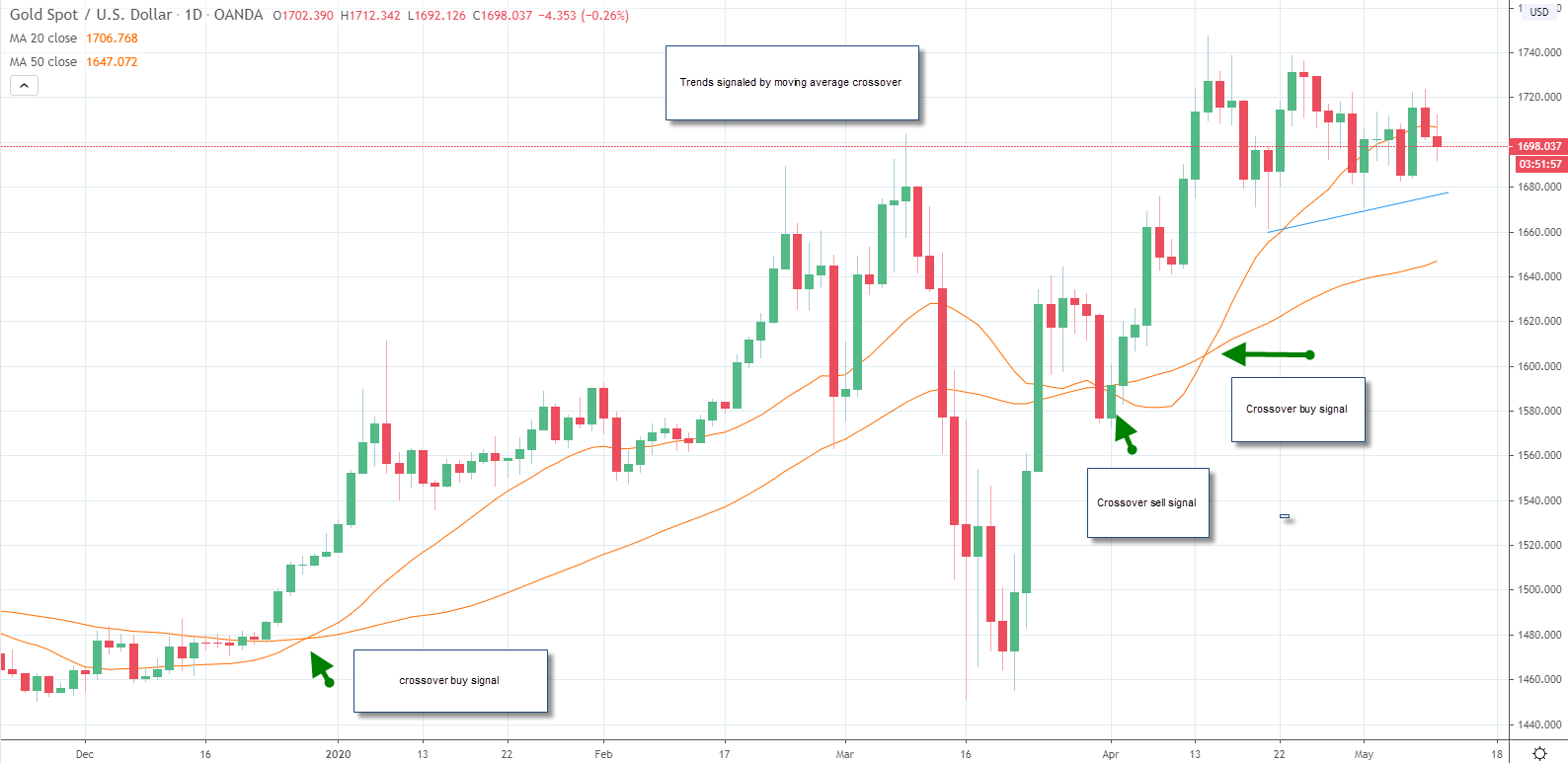
Evaluating Sentiment
One of the best ways to determine if other traders are betting on precious metals is to evaluate the commitment of traders’ report, released every Friday by the Commodity Futures Trading Commission. This report will provide you with information about investor sentiment. The report shows any increases or decreases in futures and options contracts held by swap dealers, hedge funds, or retail traders.
Technical Indicators
Technical indicators can help you determine support and resistance, as well as trends and momentum.
Momentum
An indicator like the moving average convergence divergence index describes momentum. This indicator subtracts a short-term momentum average from a longer-term moving average and compares that change in the moving average to a moving average of that change. When a MACD crossover occurs momentum is turning positive.
Overextended
Momentum oscillators such as the fast stochastic can tell you when prices are overextended. When the fast-stochastic prints a reading above 80, the price of a metal is considered overbought and points to a potential correction. When the fast-stochastic prints a level below 20, the price of a metal is considered oversold and could rebound.










